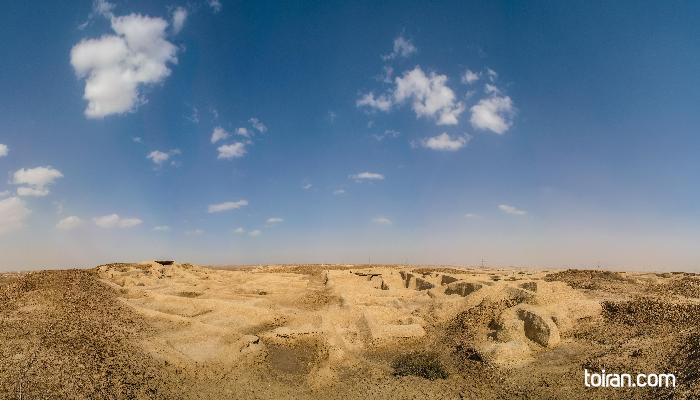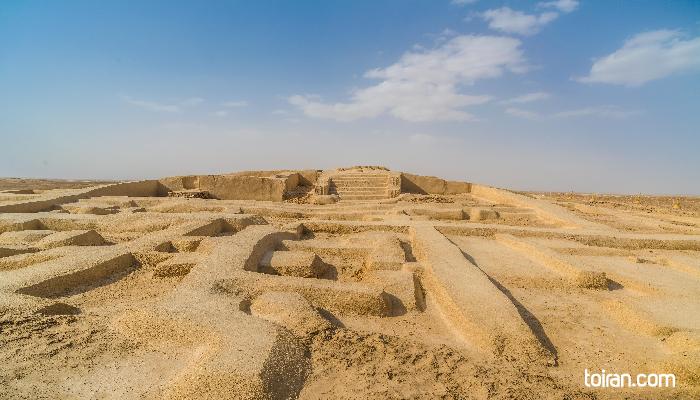Located directly across from the ruins of Shahr-e Sukhteh is a complex which includes administrative offices, a research center, library, amphitheater, and reception hall in addition to a museum. Shahr-e Sukhteh Museum was created as a venue to showcase archeological finds uncovered in excavations of this ancient site such as clay and stone artifacts, statuettes, and beads.
Shahr-e Sukhteh is the remains of a mudbrick city inhabited by craftsmen and farmers which was founded around 3200 BC and populated up to 1800 BC. The city experienced four stages of civilization and was destroyed in fire three times. It eventually took the name Burnt City as it was never rebuilt after the last fire.
Shahr-e Sukhteh is a registered UNESCO World Heritage site and represents the emergence of the first complex societies in eastern Iran in the third millennium BC and its archaeological finds show the important role it played in terms of working with metals, stone vessels, gems and pottery.
Some of the exceptional items uncovered in this city include the world’s first ruler, a clay chalice with a goat drawing which is the world’s first animation, the earliest prosthetic eyeball created by man, gold and lapis lazuli jewelry, and the oldest known backgammon set, dice, and caraway seeds.
Shahr-e Sukhteh necropolis has yielded the skeletal remains of over 600 individuals buried in approximately 108 single graves or family plots. The variation in the positions the dead were buried positions (supine, on one side or fetal and along with food or possessions) is reason to believe that different cultures coexisted within the city. In order to allow visitors to see ancient burial techniques, graves found in Shahr-e Sukhteh necropolis have been replicated using the skeletal remains they held and are on display at this museum.




one of the mysterious and high in technology cities from the far past. you should know the history of this place before visiting it, otherwise you wont enjoy it.